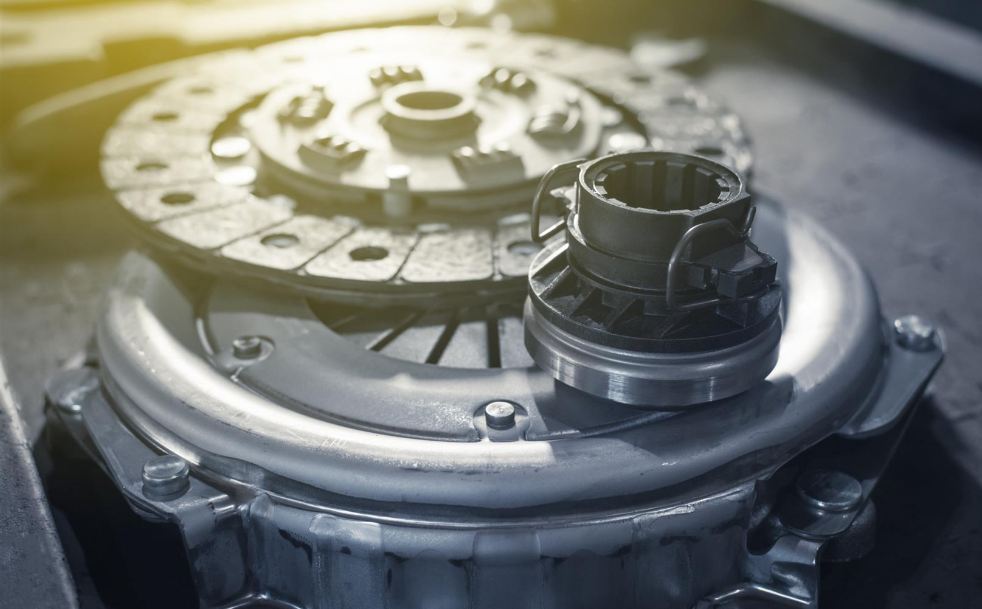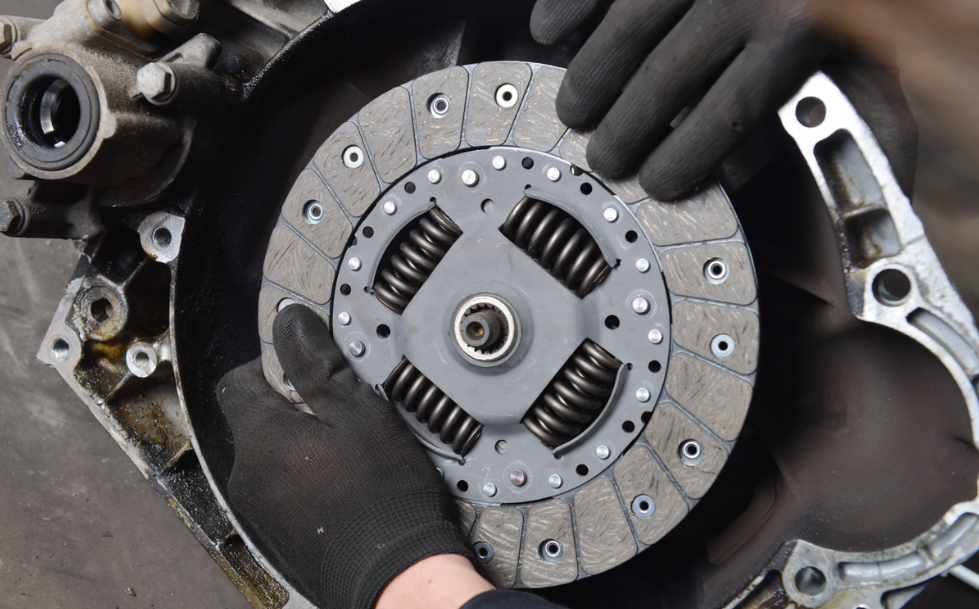A properly functioning clutch is crucial for the smooth operation of a manual transmission vehicle. However, over time, the clutch components can wear out, leading to various problems. Identifying these issues early on is essential to avoid major repairs and breakdowns. In this article, we will explore five common signs that indicate the need for clutch repair.
Difficulty Shifting Gears
One of the primary signs of a failing clutch is difficulty shifting gears. If you experience grinding or crunching noises when shifting, resistance when engaging gears, or gears slipping out of place, it’s time to have your clutch inspected. Ignoring these signs can result in more severe damage to the transmission, leading to costly repairs.
Slipping Clutch
A slipping clutch occurs when there is a loss of friction between the clutch disc and the pressure plate. Signs of a slipping clutch include a noticeable loss of acceleration, difficulty maintaining speed, or a sudden increase in engine RPM without a proportional increase in vehicle speed. Immediate clutch cable repair is necessary to prevent further damage and ensure safe driving.
Burning Smell
If you notice a burning smell, particularly while engaging the clutch, it could indicate clutch overheating. Overheating can occur due to excessive friction caused by a worn-out clutch or incorrect clutch adjustment. Ignoring this issue can lead to severe damage to the clutch assembly.
Soft or Spongy Clutch Pedal
Air bubbles or fluid leaks in the clutch hydraulic system can result in a loss of pressure, making it difficult to engage or disengage the clutch smoothly. Common causes include a faulty master cylinder or air in the hydraulic lines. To ensure optimal clutch performance, have the hydraulic system inspected and repaired by a professional.
Unusual Noises or Vibrations
Unusual noises or vibrations when engaging or disengaging the clutch can indicate underlying issues. Rattling, squealing, or vibrating sensations may result from a faulty release bearing, damaged input shaft, or worn clutch components. These signs should not be ignored, as they can lead to more significant problems if left unaddressed.
Conclusion
Being aware of these five common signs can help you identify clutch problems early on and take prompt action of clutch repair. Delaying repairs can lead to more extensive damage and higher repair costs. By addressing these signs immediately, you can ensure the longevity and smooth operation of your vehicle’s clutch system, keeping you safe on the road.


